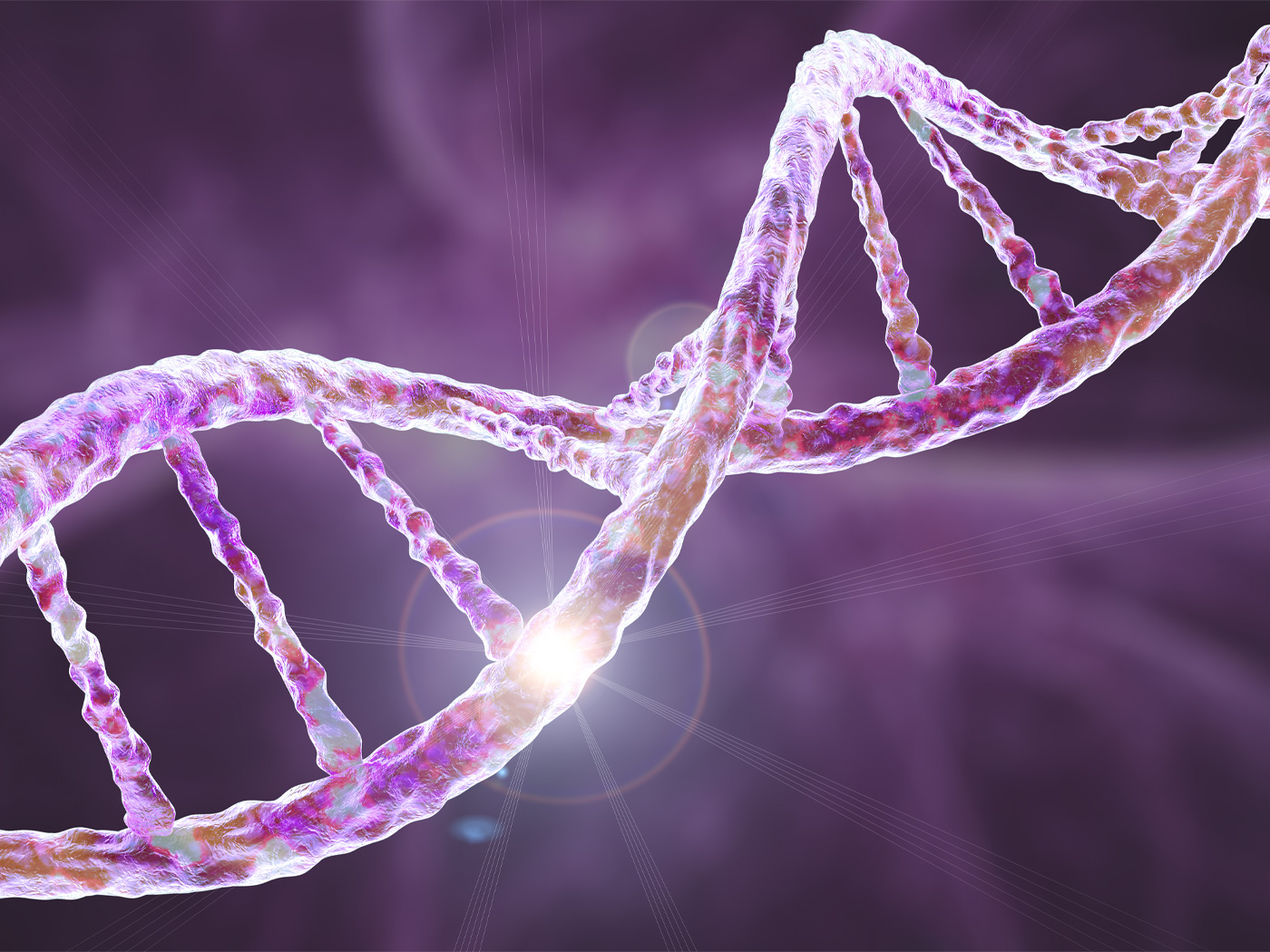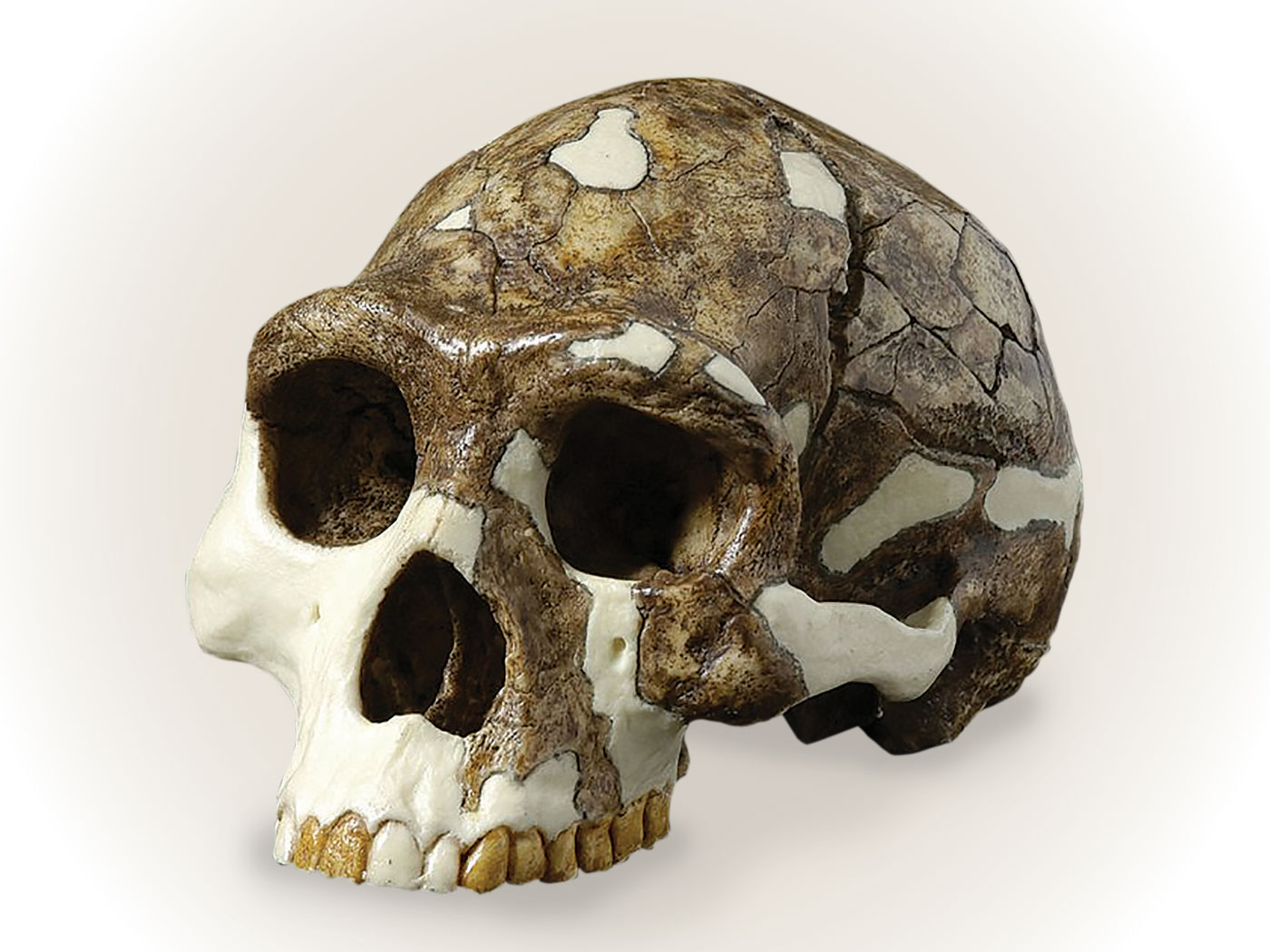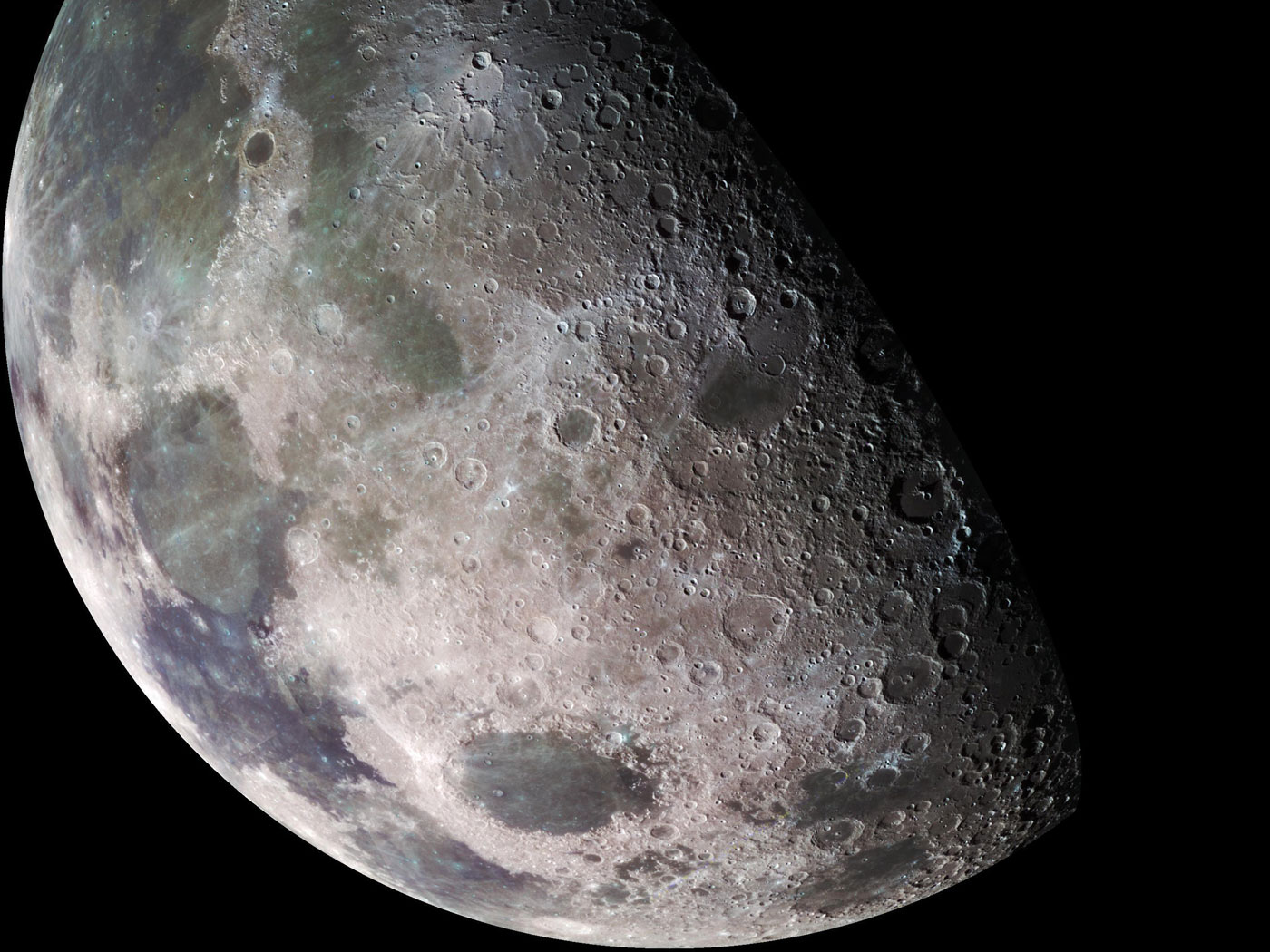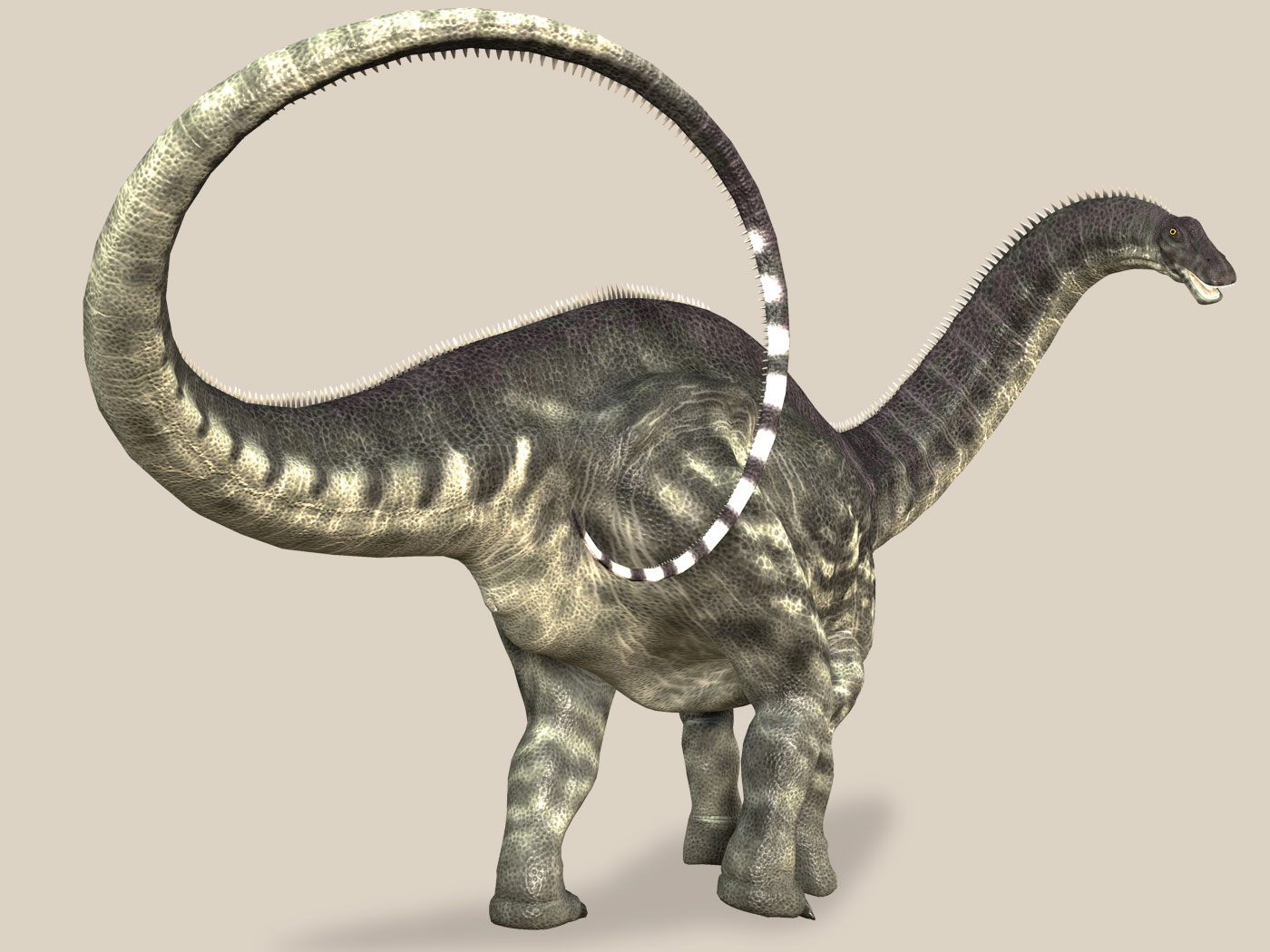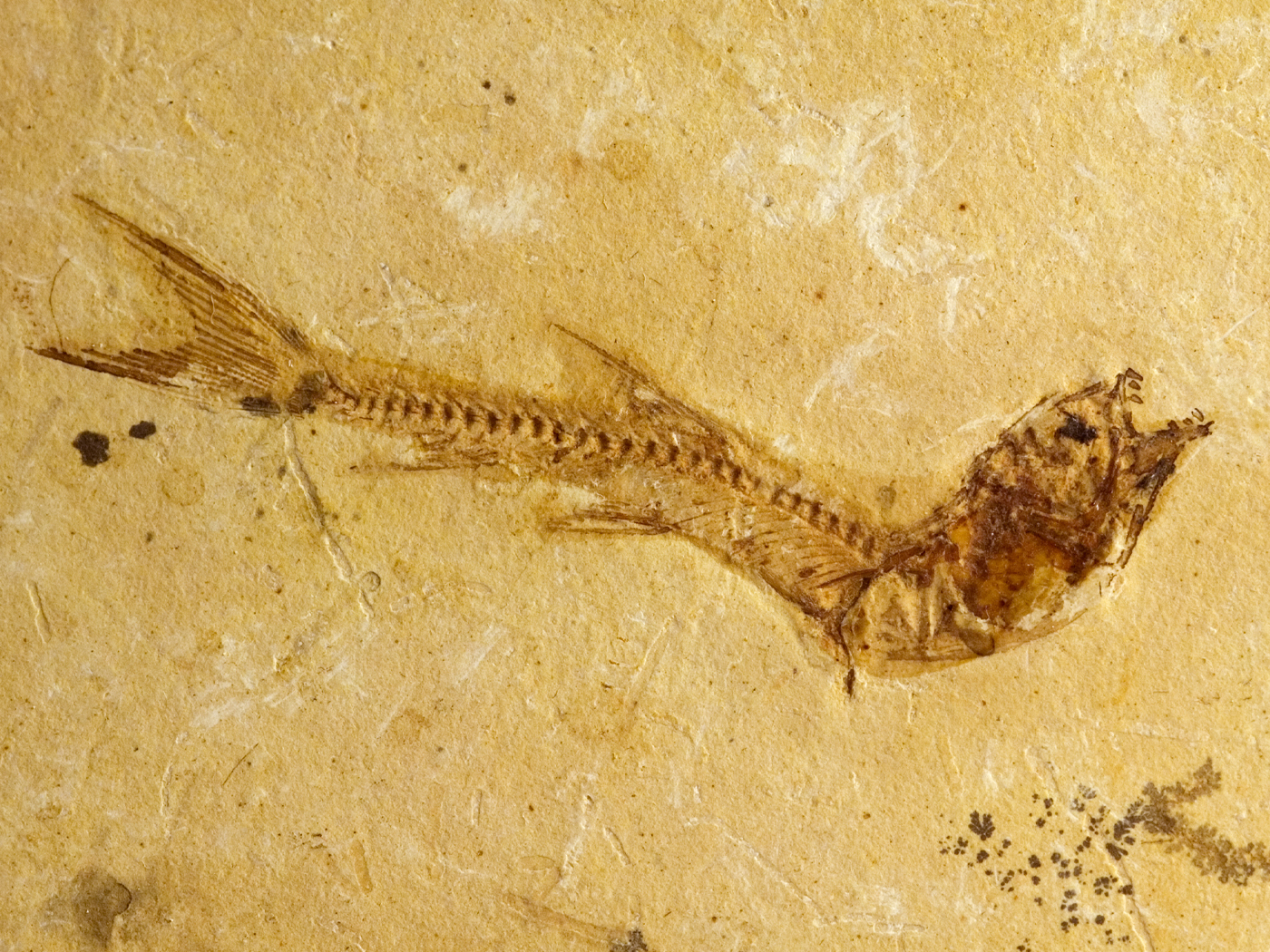Someone said the three-pound human brain is the most complex and least-understood biological structure in the known universe. Scientific research regarding this incredibly intricate organ will never end.
In fact, a fascinating new discovery in the field of human brain microanatomy was recently made. Scientists discovered a nerve cell called a rosehip neuron—so-called because of its bushy appearance.1 These cells comprise about ten percent of the neocortex: that area of the brain involved with higher-order brain functions such as sensory perception (hearing and seeing), language, and cognition. Researchers found the ethereal rosehip neuron in post-mortem samples and from brain tissue sections from surgical procedures. Interestingly, this newly-discovered neuron is not found in mice. They are unique to humans, and the rosehip neurons are able to activate a unique set of genes in just that one type of brain cell.
Although “neurons are among the most complex and best studied cell types,”2 secular scientists are unaware of the evolutionary origin of the nervous system to which they belong.
“There is no evolutionary record of nervous systems...”4
“The origins of neural systems remain unresolved.”5
“Despite the new genomic data from the diverse animal phyla and improved resolution of the animal tree of life, the field has failed to reach agreement on the nature and timing of the early evolution of neurons.”2
Undaunted by all these unknowns, the LiveScience article states that parts of the brain are relatively unchanged over large expanses of geological time—an explanation which does not explain the origin of the brain. Evolutionists can only suggest that what’s happening in the brains of mice is “likely” to be occurring in man:
But is a “sort of” inference a solid scientific explanation of an unknown?
The discovery of the sophisticated rosehip neurons—unique to mankind—is just another example of the Hand of our omnipotent, omniscient Creator. ![]()
The discovery of the sophisticated rosehip neurons—unique to mankind—is just another example of the Hand of our omnipotent, omniscient Creator, “so you cannot understand the work of God, the maker of all things” (Ecclesiastes 11:5).
References
1. Saplakoglu, Y. Scientists Find a Strange New Cell in Human Brains: The 'Rosehip Neuron.' LiveScience. Posted on livescience.com August 27, 2018, accessed August 30, 2018.
2. Liebeskind, B. J. et al. 2017. Evolution of animal neural systems. Annual Review of Ecology, Evolution & Systematics. Vol. 48: 381.
3. Arendt, et al. 2009. Animal Evolution. UK: Oxford University Press, 65.
4. Breakthrough model reveals evolution of ancient nervous systems through seashell colors. Phys.org. Posted on phys.org January 12, 2012, accessed August 30, 2018.
5. Moroz, L. et al. 2014. Ctenophore genome and the evolutionary origins of neural systems. Nature. 510 (7503): 109-14.
Mr. Frank Sherwin is Research Associate, Senior Lecturer, and Science Writer at the Institute for Creation Research.




